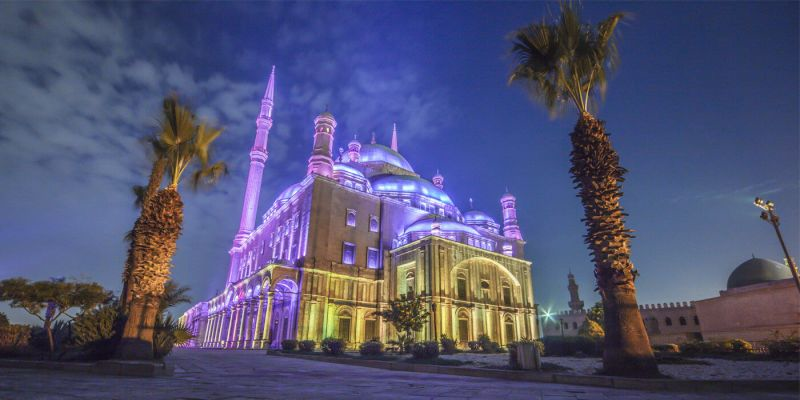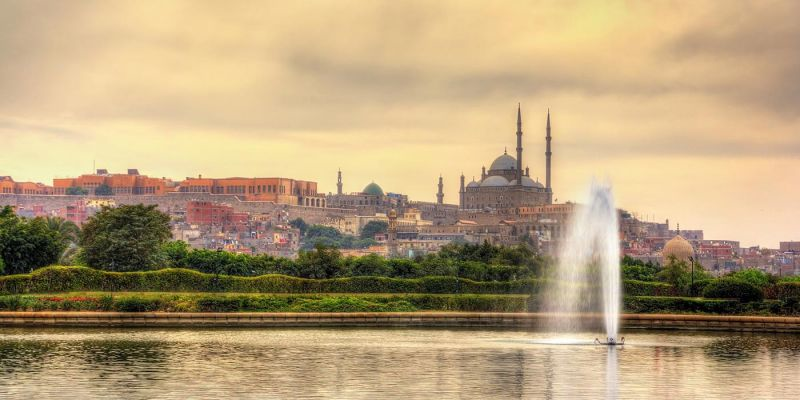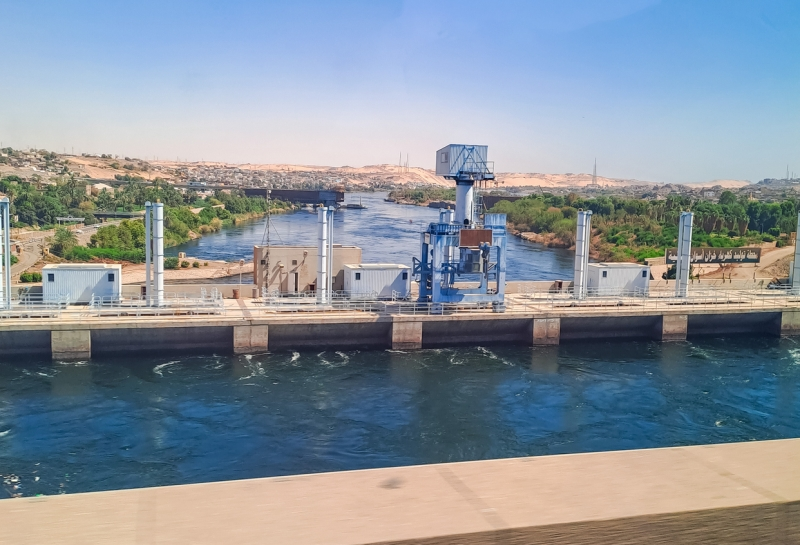Egypt in the Modern Era

Egypt in the modern era remains a fascinating yet often overlooked story that extends far beyond the pyramids and pharaohs that dominate popular imagination. While ancient hieroglyphs and mummies capture global attention, the dramatic events of the past two centuries have shaped a nation whose contemporary story is equally compelling.
Beyond the tourist attractions of Giza and Luxor lies a complex narrative of revolution, occupation, and resilience. From Muhammad Ali’s ambitious reforms to the 2011 Tahrir Square protests, Egypt’s modern history is filled with unexpected twists and contradictions. Few visitors realize that the country experienced a vibrant feminist movement as early as 1919 or that the construction of the Aswan High Dam displaced entire Nubian communities. The political maneuvering behind Egypt’s peace treaty with Israel also remains poorly understood by most outsiders.
This article uncovers the hidden aspects of Egypt’s transformation from Ottoman province to modern nation-state. Through the rise and fall of monarchs, revolutionaries, and dictators, we explore the forgotten stories that explain today’s Egypt far better than any ancient papyrus ever could.

The Rise of Muhammad Ali and the Foundations of Modern Egypt
Napoleon’s departure from Egypt in 1801 left behind more than sand-swept battlefields. The French invasion shattered old power structures, creating a vacuum that gave birth to modern Egypt. Ottoman forces, Mamluk leaders, and local factions vied for dominance, and amid this chaos rose an ambitious Albanian officer—Muhammad Ali.
Between 1801 and 1805, Muhammad Ali skillfully maneuvered among competing factions, gaining the support of local leaders and the people. In 1805, a popular revolt in Cairo and the backing of religious scholars led to his appointment as governor by the Ottoman Sultan. Once in power, Muhammad Ali began transforming Egypt into a modern, powerful state.
He restructured agriculture, introducing cash crops like cotton, rice, and sugarcane for export. The resulting income funded large-scale public works such as irrigation systems, canals, and dams. He also reformed taxation and centralized land ownership, effectively creating a state-controlled economy. At the same time, he established factories producing textiles, glass, sugar, and weaponry. Egypt’s shipyards and arms factories became among the most advanced in the region.
However, Muhammad Ali’s greatest challenge came from the Mamluks, who had ruled Egypt for centuries. Determined to eliminate them, he orchestrated the infamous 1811 massacre at the Cairo Citadel, where dozens of Mamluk leaders were ambushed and killed. This brutal act marked the end of Mamluk power and solidified Muhammad Ali’s control.
His rule transformed Egypt from an Ottoman province into a powerful, semi-independent state. The dynasty he founded would rule for nearly 150 years and lay the foundations for modern Egypt.
British Occupation and the Struggle for Sovereignty
Muhammad Ali’s dynasty faced growing interference from European powers, particularly Britain, whose interests centered on the Suez Canal and the route to India. The increasing foreign influence eventually triggered nationalist movements that would shape Egypt’s modern identity.
The ‘Urabi Revolt and the Birth of Nationalism
In 1881, Colonel Ahmed ‘Urabi led Egypt’s first major nationalist uprising under the slogan “Egypt for the Egyptians.” His movement expressed widespread discontent with foreign control and social inequality. The revolt culminated in the 1882 Battle of Tell el-Kebir, where British forces quickly defeated ‘Urabi’s army. Egypt became a British protectorate in all but name, with the Khedive reduced to a symbolic ruler.
Though the revolt failed, it awakened a national consciousness that would continue to grow throughout the early 20th century.
The 1919 Revolution and Women’s Role in Protest
World War I intensified resentment toward foreign domination. When nationalist leader Saad Zaghlul and his colleagues were exiled in 1919, widespread protests erupted across Egypt. Strikes, demonstrations, and civil disobedience spread from cities to villages, uniting Egyptians across class and gender lines.
A remarkable feature of this revolution was women’s participation. On March 16, 1919, hundreds of women led by Safia Zaghlul and Huda Sha’arawi marched through Cairo, demanding independence and protesting British repression. Their courage not only strengthened the nationalist cause but also marked the birth of Egypt’s feminist movement.
Though Britain eventually declared Egypt independent in 1922, it retained control over defense, foreign affairs, and the Suez Canal—ensuring that Egypt’s sovereignty remained limited.


The Kingdom of Egypt and the Road to Revolution
Egypt’s monarchy, established under King Fuad I, offered only the illusion of independence. Britain continued to dominate politics and the economy through treaties that allowed them to station troops in the country. Anti-British sentiment grew steadily, culminating in widespread unrest in the early 1950s.
Despite political stagnation, Egypt experienced a remarkable cultural renaissance during this period. Cairo emerged as the cultural capital of the Arab world, leading in art, literature, cinema, and music. Intellectuals debated how to build a modern, secular, and industrialized nation. However, political corruption and inequality persisted.
In 1952, the Free Officers Movement, a group of young military officers led by Gamal Abdel Nasser and General Mohamed Naguib, overthrew King Farouk in a bloodless coup. The monarchy was abolished, and Egypt was declared a republic the following year. This marked the beginning of a new era.
Nasser’s Arab Socialism and Pan-Arab Vision
Gamal Abdel Nasser became Egypt’s defining leader in the mid-20th century. He introduced “Arab socialism,” a model emphasizing social justice, state-led development, and national unity. Nasser nationalized major industries, reformed education, and promoted land redistribution. His vision extended beyond Egypt through his campaign for Pan-Arabism—a united Arab world independent from Western influence.
Under Nasser, Egypt became a leader in the Non-Aligned Movement and a symbol of anti-colonial resistance across Africa and the Middle East. However, his ambitions were tempered by setbacks, including the 1967 Arab-Israeli War, which deeply wounded Egyptian pride.
The Aswan High Dam and Nubian Displacement
One of Nasser’s most ambitious projects was the construction of the Aswan High Dam. Completed in 1970, it allowed Egypt to control the annual Nile floods, generate electricity, and expand agricultural production. Yet, it came at a human cost. Over 50,000 Nubians were displaced as Lake Nasser flooded their ancestral lands, forcing entire communities to relocate and adapt to new, unfamiliar environments.
Sadat’s Infitah and Peace with Israel
Following Nasser’s death, Anwar Sadat shifted Egypt’s direction. His Infitah (“opening”) policy introduced economic liberalization, encouraging private investment and foreign trade. While it attracted new capital, it also widened the gap between rich and poor.
Sadat also made history by visiting Jerusalem in 1977, paving the way for the Camp David Accords and Egypt’s 1979 peace treaty with Israel—the first between Israel and an Arab country. The treaty earned Sadat the Nobel Peace Prize but alienated much of the Arab world. In 1981, he was assassinated by extremists during a military parade.
Customize Your Dream Vacation!
Get in touch with our local experts for an unforgettable journey.
Plan Your Trip
From Mubarak to El-Sisi: Revolutions and Repression
Hosni Mubarak ruled Egypt from 1981 to 2011, maintaining stability through authoritarian control. His era was marked by economic stagnation, corruption, and suppression of political opposition.
The 2011 Revolution
On January 25, 2011, mass protests erupted across Egypt demanding “bread, freedom, and social justice.” For 18 days, Egyptians from all walks of life filled Tahrir Square, forcing Mubarak to resign. It was a moment of global inspiration and national pride. Youth movements and social media played a decisive role in mobilizing millions.
Morsi’s Presidency and Military Backlash
In 2012, Egypt held its first free elections, electing Mohamed Morsi of the Muslim Brotherhood as president. However, his presidency was short-lived. Accusations of authoritarianism and mismanagement fueled protests, leading to a military coup led by General Abdel Fattah El-Sisi in 2013.
El-Sisi’s Rise and the Return to Authoritarianism
El-Sisi’s rise marked a return to military-backed governance. His administration consolidated power through constitutional amendments and widespread crackdowns on dissent. While infrastructure projects and security improvements have been highlighted, political freedoms remain tightly restricted, and thousands of activists remain imprisoned.

You would see that Muhammad Ali, who came to power in 1805, launched major agricultural, industrial, and military reforms that transformed Egypt from an Ottoman province into a rising regional power.
You would find that the British occupation, which began in 1882, imposed political control and economic exploitation. This pressure fueled nationalist movements—especially the 1919 revolution—and even after independence in 1922, Britain continued influencing Egypt’s major affairs.
You should know that the Aswan High Dam allowed Egypt to regulate Nile flooding and expand electricity access. At the same time, you would also see that it caused the displacement of tens of thousands of Nubian residents.
You would notice that Sadat’s Infitah policy opened Egypt’s economy to private investment, which differed from Nasser’s socialist approach. You would also see that Sadat’s peace treaty with Israel marked a bold and controversial shift in Egypt’s foreign policy.
You would find that the revolution began on January 25, 2011, driven by anger over corruption and repression. After 18 days of mass protests, President Hosni Mubarak stepped down. You would also see that hopes for lasting democracy faded as the country eventually returned to military rule under El-Sisi.

























